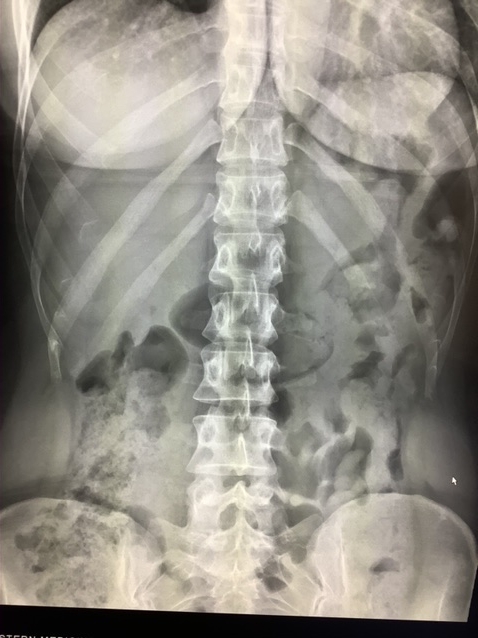Multiple Hypodense Liver Lesions on CT
Multiple hypodense liver lesions on CT means that there are multiple darker than liver spots found. Hypodense means darker than the organ or region the abnormality is in. Lesion means an abnormality, which in the case of hypodense liver lesions usually means cysts or masses.
What can multiple hypodense liver lesions be?
Multiple hypodense lesions of liver can mean benign causes such as cysts all the way to end stage cancer. Most radiology reports will try to make a more specific diagnosis since the prognosis is vastly different. Hypodense liver lesions that are larger than say a centimeter can usually be characterized as cysts or something else. Radiologists can measure the density of these lesions and say whether they are cysts.
What tests do I need to say what the lesions are?
Those lesions that are not cysts usually need a contrast CT, ultrasound or MRI to say what they are. While we can usually diagnose cysts on a CT done without contrast, we can not usually say what the liver spots are if they are not cysts. We need contrast to see how these lesions enhance. This will tell us what they may be.
What are some of the conditions those hypodense liver lesions can be?
Multiple hypodense liver lesions are more worrisome in someone who has a history of cancer. Spread of cancer or metastasis becomes more concerning in this setting. Usually metastasis will be higher than cysts in density and have slightly fuzzy borders. There may also be spread of the cancer elsewhere in the body.
Multiple hypodense liver lesions can also represent other masses that may be benign. Patients can have multiple benign lesions like hemangiomas or focal nodular hyperplasia. These can often be diagnosed after giving contrast. They often have a characteristic appearance which the radiologist can diagnose.
Multiple hypodense liver lesions can also represent multiple liver tumors. Often, these patients will have cirrhosis or other liver disease. These tumors may look hypodense or darker than the surrounding liver. They typically appear bright right after giving contrast medium though the vein, and than “wash out”, meaning they look darker during later scans.
How about if the liver lesions are real small?
Multiple hypodense liver lesions can sometimes be under a centimeter and too small to accurately characterize. There will usually be multiple small dark spots throughout the liver which all look similar but of varying sizes. Measuring the density of these lesions is innacurate because they are so small. Assuming no cancer, and a uniform appearance, they are most likely cysts. Old studies also help showing any change.
Multiple hypodense liver lesions can sometimes represent inflammatory process or abscesses. Patients will usually have an appropriate history like fever and can be immunocompromised. Abscesses have a characteristic appearance on CT as clustered hypodense lesions with lack of internal enhancement.
Multille hypodense liver lesions is a common finding on CT. The abnormality can represent benign cysts all the way to advanced cancer. Often the radiologist will provide a diagnosis or at least a few possibilities. Often contrast scan or MRI will be needed to further evaluate. Rarely, biopsy may be needed to provide a diagnosis. The clinical history is helpful, particularly cancer and any infectious symptoms. Old scans are also extremely helpful to assess for change.

